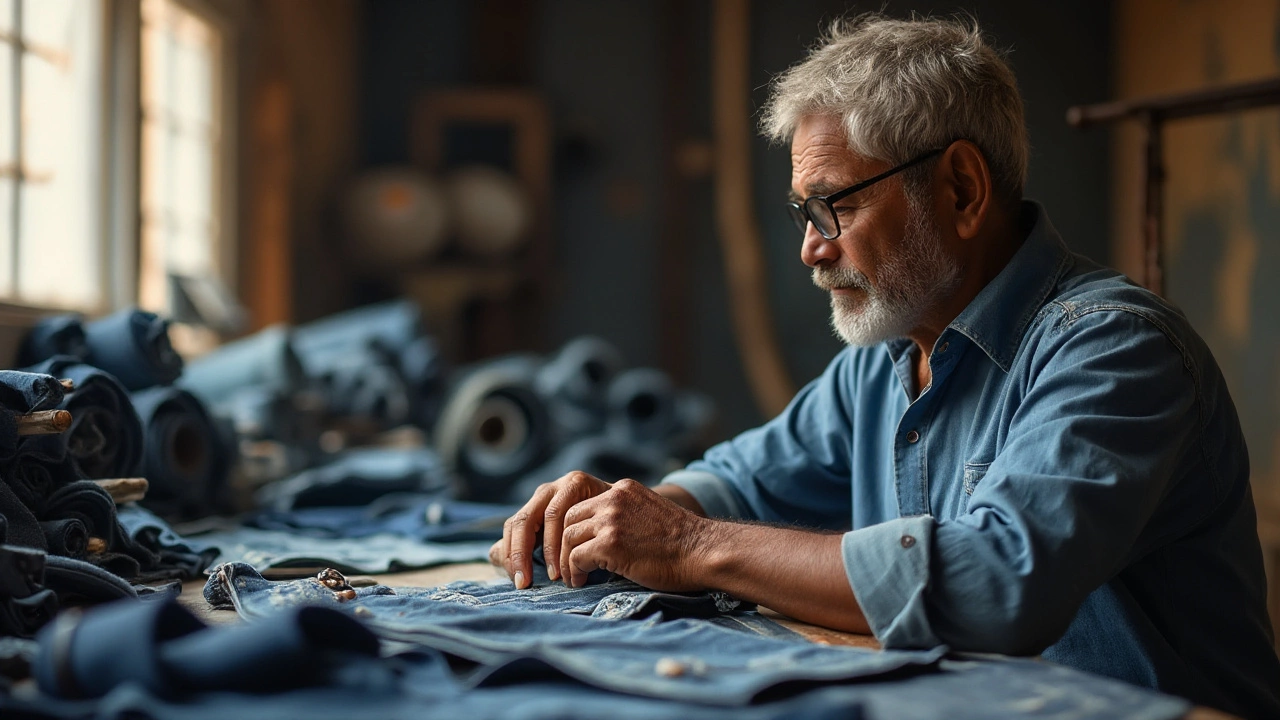Denim Quality – How to Spot Premium Denim
Denim looks simple, but real quality hides in the details. When you buy a pair of jeans or a jacket, the fabric, stitching, and finish decide how long it will last and how good it feels. Poor denim fades fast, stretches out, or even tears after a few washes. Good denim stays in shape, develops a nice fade, and gets softer without losing its shape. This guide breaks down the signs of top‑grade denim and gives you easy care steps so your pieces stay fresh for years.
Key Factors That Define Denim Quality
First, check the cotton content. Authentic denim is usually 100% ring‑spun cotton; some blends add a bit of elastane for stretch, but the higher the cotton percentage, the sturdier the weave. Next, look at the weight. Denim is measured in ounces per square yard – 12‑14 oz is light and ideal for summer shirts, while 16‑18 oz is heavyweight and perfect for jackets or workwear. Heavier fabric resists tearing and feels more structured.
Stitching tells another story. Double‑stitched seams and reinforced rivets on pockets prevent stress points from pulling apart. If you see uneven seams or loose threads, the garment probably won’t survive heavy use. The dyeing process matters too. Indigo that’s rope‑dyed or sand‑rye dyed gives the fabric depth and a richer fade over time, whereas cheap denim often uses a surface dye that washes out quickly.
Caring for Your Denim to Keep It Fresh
Even the best denim needs proper care. Turn jeans inside out before washing to protect the color, and use cold water with a mild detergent. Skip the daily wash – most denim looks better after a few wears because the fabric conforms to your body. If you must wash, limit it to once every two to three weeks and avoid the dryer; air‑drying prevents shrinkage and maintains the original fit.
When you spot a stain, treat it directly with a gentle spot cleaner rather than soaking the whole piece. For stretched out areas, a light steam can relax the fibers and help the garment regain shape. Finally, store denim hanging or folded flat, never crushed in a drawer, to keep the crease clean and avoid unwanted wrinkles.
Understanding these basics makes picking denim easier. Look for high cotton content, appropriate weight, strong stitching, and quality dye. Then give your pieces the low‑key care they deserve, and you’ll enjoy a fade that tells a story instead of a fabric that falls apart. Browse our related articles, such as “Can a 50 Year‑Old Woman Wear a Denim Jacket?” for styling ideas that match your newfound denim knowledge.

